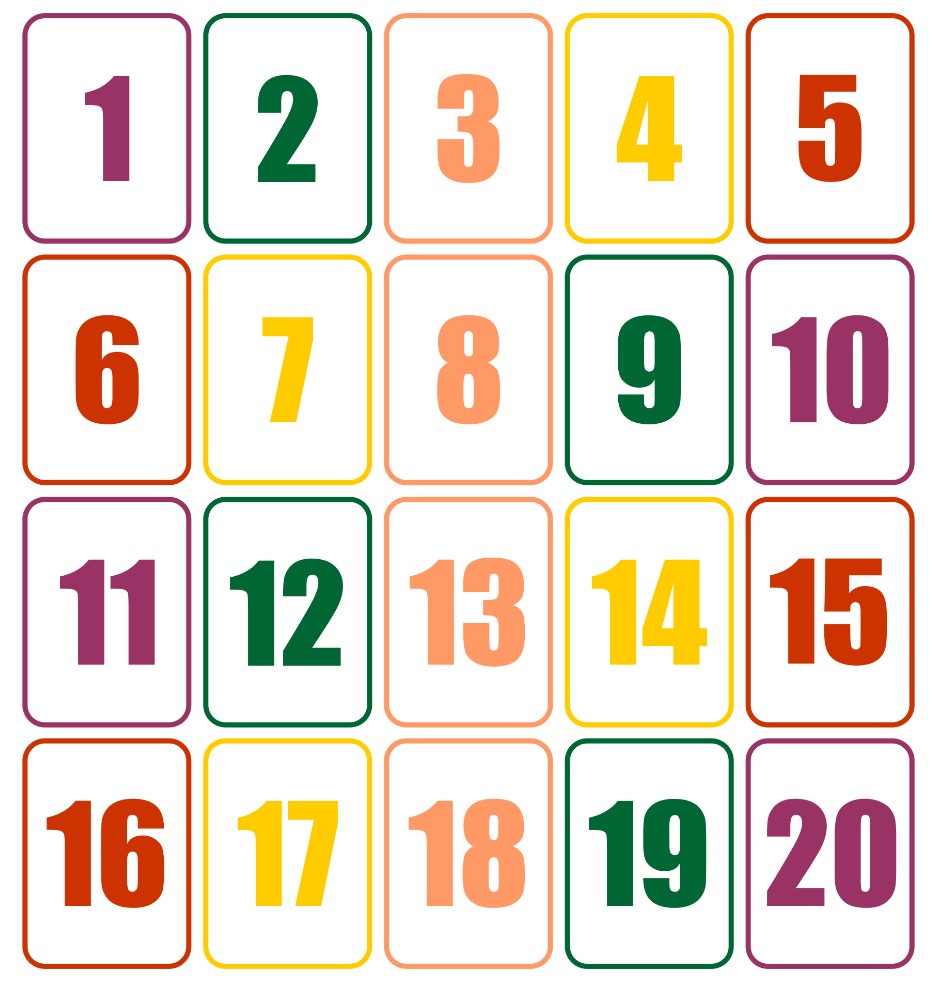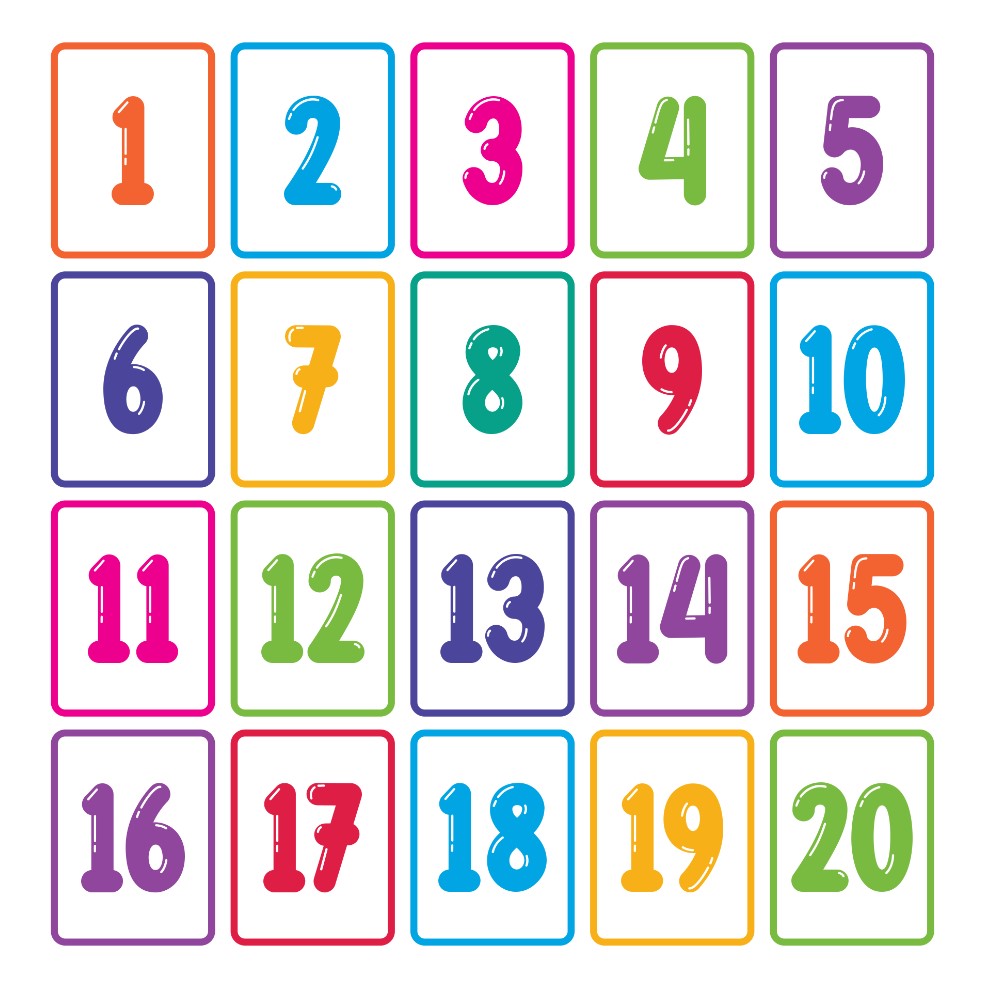Printable number cards are a versatile and practical resource that holds great potential in enhancing early mathematical skills. These compact and easily accessible tools allow educators, parents, and children to explore various math concepts in a hands-on and interactive manner. In this article, we will delve into the benefits and applications of printable number cards, highlighting their role in promoting number recognition, counting, operations, and problem-solving skills.

Number Recognition and Ordering
One of the primary advantages of printable number cards is their ability to foster number recognition. Each card displays a numeral, allowing children to familiarize themselves with the different digits and associate them with their corresponding quantities. By arranging the cards in sequential order, children develop a strong understanding of number sequencing and gain fluency in recognizing numbers. This foundational skill is crucial for further mathematical concepts and problem-solving abilities.
Counting and Cardinality
Printable number cards provide a tangible representation of quantities, enabling children to engage in counting activities. Whether it’s counting objects, tally marks, or dots on the cards themselves, learners can physically manipulate and arrange the cards to reinforce counting skills. The tactile nature of these cards helps solidify the concept of cardinality, the understanding that the last number counted represents the total quantity. Counting with number cards encourages children to develop accuracy, precision, and a deeper comprehension of numerical relationships.

Operations and Mathematical Fluency
Beyond number recognition and counting, printable number cards are instrumental in introducing basic mathematical operations. These cards can be utilized to teach addition, subtraction, multiplication, and division. By combining or separating cards, children can visualize and practice these operations in a concrete and hands-on manner. Manipulating the cards helps build a conceptual foundation for arithmetic, enabling learners to develop mathematical fluency and apply operations to real-world situations.
Problem-Solving and Critical Thinking
Printable number cards offer endless opportunities for problem-solving and critical thinking exercises. Educators and parents can create a variety of mathematical challenges using the cards, such as finding missing numbers in a sequence, solving number puzzles, or creating equations. These activities promote logical reasoning, spatial awareness, and strategic thinking. Printable number cards engage learners in active problem-solving, fostering perseverance, creativity, and a deeper understanding of mathematical concepts.
Versatility and Customization
Printable number cards are incredibly versatile and can be adapted to suit various learning objectives and age groups. They can be printed in different sizes, colors, and designs to cater to individual preferences and learning styles. Additionally, educators and parents can create their own sets of number cards, incorporating specific themes, objects, or mathematical representations. This customization allows for personalized and targeted learning experiences, making the process engaging and enjoyable for learners.

Printable number cards are a valuable tool in promoting early mathematical skills and nurturing a strong foundation in numeracy. Their versatility, interactivity, and adaptability make them an invaluable resource for educators and parents seeking to enhance number recognition, counting abilities, operations proficiency, problem-solving, and critical thinking skills. By incorporating printable number cards into educational activities, children can actively engage with mathematical concepts and develop a deep understanding of numbers, setting the stage for a lifetime of mathematical success.